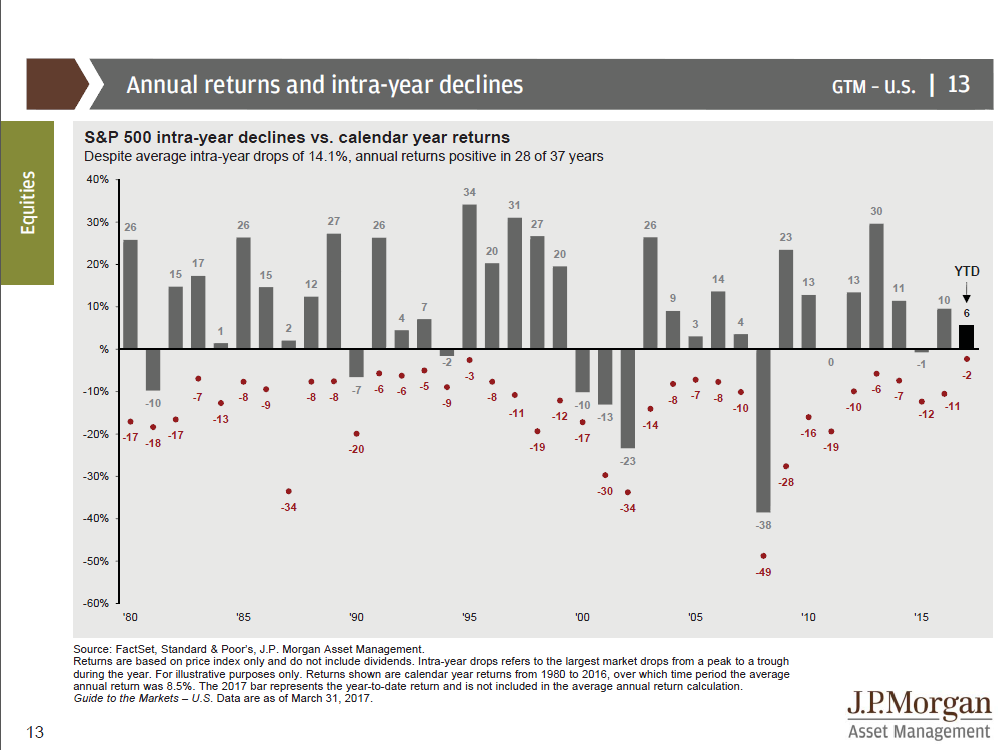In the last 10 years, the rise of target funds have become common options found in 401(k) plans. While many love the simplicity of the fund options, investors are giving up a lot of control. And in some cases, they do not even know what they own. That is setting many investors up for a potentially big surprise later in life.
The premise is simple: investors select from several different target date options based on the approximate date they expect to retire. For example, anyone who plans to retire in 25 years may select the 2040 target date fund or the 2045 target date fund as those are the closest options to his retirement date. As the years role by, the fund slowly migrates from an aggressive stock dominated plan to a mostly conservative bond portfolio by the time he retires. Some target date funds will continue to move to more conservative investments even after the target date has been reached.
This can be a good default option for investors but investors shouldn’t rely on default options all the time. These funds don’t reflect an investors individual risk tolerance nor are they designed to fit into an investors overall financial plan. Let’s expand on our example from before: let’s say that 40 year old investor is averse to risk. He may want a really conservative portfolio, but if he selects the 2040 target date fund, he will take on more risk than he may want if the portfolio was built just for him. Conversely, we see some clients that come to us the other way around. They have several other investment accounts in addition to the target date fund. When they eventually retire, the funds from their target date fund may not be used until much later in their retirement years. In that case, the fund will become too conservative too early which means the client might be missing out on market appreciation.
Not all target date funds are created equal. We routinely see target date funds with some flaws in how they’re constructed. Their asset allocations, risk profile and glide path differ dramatically and as such the results and investor experience differ as well. I’ve seen allocation to equites in 2025 target date funds range from 50% all the way up to 77%! That’s a huge difference. In some rare cases, we advise clients not to use the target date funds because the asset allocation is so bad or because the underlying investments are inappropriate.
Target date funds are a default option – a starting point. That should not be confused with tailored investment strategy, custom planning or optimizing one’s financial situation.
